David Keegan Talks BBC Two’s Garden School And The Impact On His Career
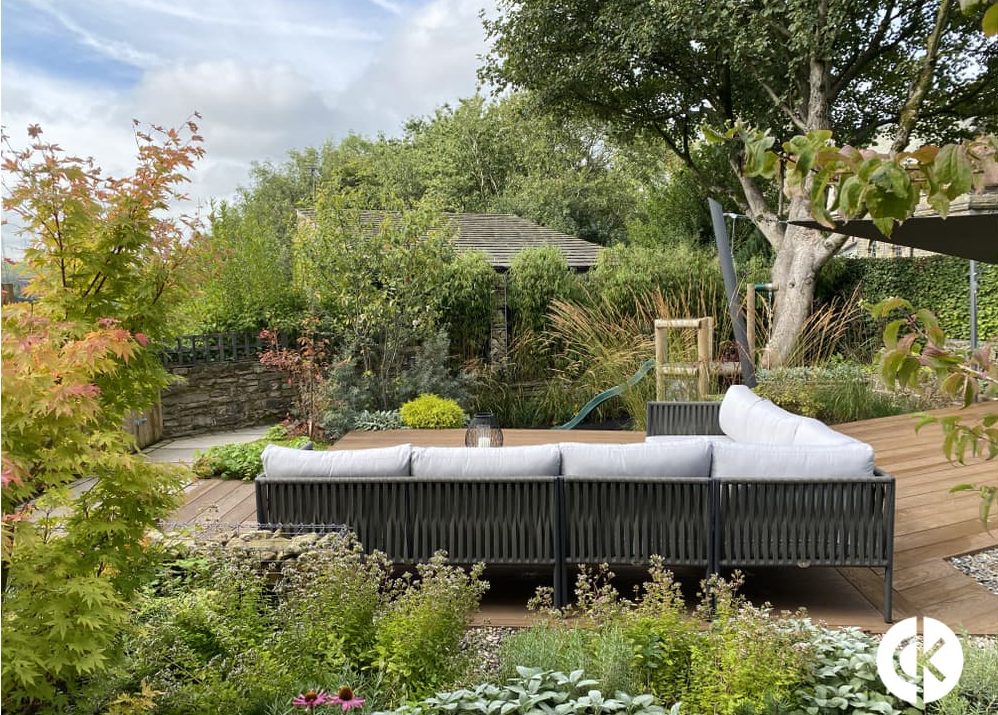
Contributions From DAVID KEEGAN

After rising to prominence in 2005 with a presenting job on BBC Garden School, David Keegan has built a successful career in garden and landscape design. He now runs his own practice, DK Garden Design, which works on projects in the Northwest of England. He is the only person to have been awarded the Northern Design Award for Best Garden Design four times.
David Keegan is an acclaimed garden and landscape designer with over 20 years of experience, known for his award-winning projects across the UK and internationally.
Having featured in the BBC Two programme Garden School in 2005, Keegan has since garnered numerous accolades, including awards from International Landscape Design and the Northern Design Award for Best Landscape Designer.
Currently, he is actively working on various projects in Manchester, Cheshire and across the Northwest of England.
Please note that all imagery featured in this guide is provided with permission by David Keegan.
Watch David’s full interview with Mollie Brown on YouTube or read the transcript below.
can you explain a little bit about what first drew you to a career in garden design?
“I never actually made a conscious decision to become a garden designer,” David shares.
“I had actually moved to Manchester to study furniture restoration of all things. In my previous career, I was a professional photographer, so I had quite a strong visual sense anyway.

“Whilst I was in Manchester studying, I created a garden, and people started wanting to come in and see the garden, so from there, I was asked to do more. It was an entirely organic process.
“I used to subscribe to Gardeners’ World and there was an ad in the magazine for a TV programme that was coming up. I decided to make an application. There were 2,500 applications for it and I made it through!”
How did your appearance in that program, Garden School, change and influence your career?
“I think at the time I wasn’t really aware of the impact that it would have,” he says.
“That show had a viewership of 2.5 million people, so when the program started to air, I found myself on trains with people kind of staring at me. And I’m thinking, ‘why is that person staring at me?’ And then you think, ‘oh yeah, you’re on TV’, so that’s the strange side of it!
“The brilliant side of it was the opportunity to spend six months with the RHS in Wisley. We were exposed to some of the best and most creative minds in gardening, as well as garden design. There was also an opportunity to travel abroad and see some of the kind of fantastic, particularly Italianate gardens in Italy.
“The other thing following on from that is the credibility it gives you and the confidence because you’ve actually made it through that process and you’ve been successful. It gives you the confidence to believe that you actually have the ability to become a designer or to actually pursue it as a career.”
how do you approach designing a garden or landscape for a client?
“The first thing I do with every project is arrange a site visit – to have a consultation with potential clients and look at what’s there and then talk through the possibilities with them.
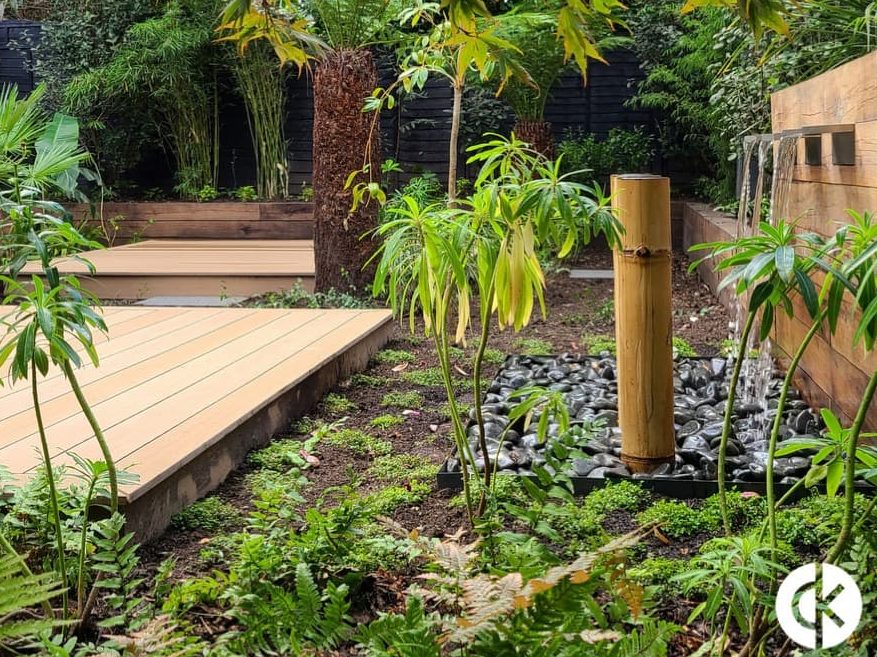
“Once I’m commissioned, it’s a very detailed process. Firstly, I create an electronic mood book and we have a consultation with the client where we try to gain a greater insight into what they like and what they’re going to respond to.
“From that, we go to concept designs and we use very strong visual imagery. We have videos of what the designed garden would potentially look like and that’s really helpful because you’ll find that most people that are commissioning a garden designer are doing so because they really can’t get a sense of how they want that space to look.
“Finally, we go to final designs, which obviously would be the full landscape and planting plans of that project.”
Can you explain a time where you faced a challenge while working on a project and how it then turned out?
“I think one of the biggest challenges was during the pandemic because I had started work on a design of a very large project in Cheshire East,” explains David.
“We had a schedule for the installation of the planting, and we had around £40,000 worth of plants that were delivered, but then we went into lockdown and it was impossible to build the garden and install the planting until the rest of the build had been finished.
“The real challenge there was actually keeping all of those plants in good condition and alive and we hit a three-month stretch of nonstop sunshine – you couldn’t couldn’t make it up if you wanted to! It was all hands on deck with regard to watering.
“The clients were absolutely wonderful. They literally spent hours and hours, taking care of all these plants with the result that at the end, we actually lost very few plants when it came around to planting.”
Do you have a particular favourite project that you’ve worked on?
“I guess the honest answer to that would be the one that I’m working on at the moment!” he jokes.
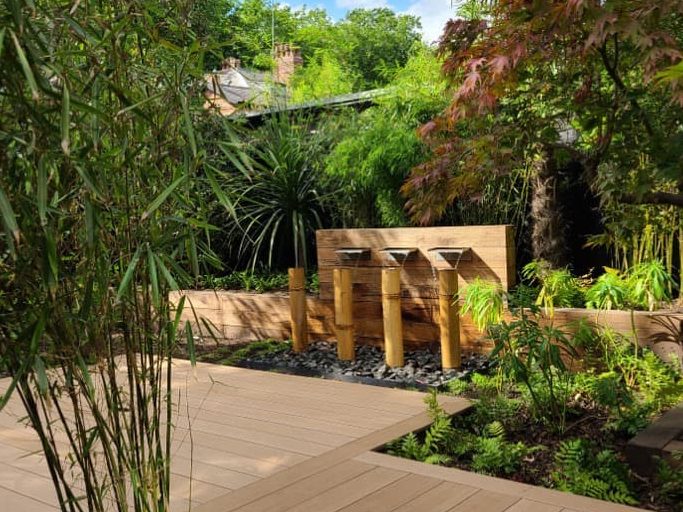
“It completely varies on what I’m doing as and when. There was a little tropical oasis garden that we finished the installation on about a month ago and that will most likely be a favourite and remain so because it was very plant-heavy.
“We’re also currently working on a sensory garden for Rochdale Council at Hollingsworth Lake and that’s definitely going to be a long-term favourite because it’s a very different approach due to the fact it’s a public garden.
“I’m really looking forward to watching that establish over the next few years and also watching how people actually react to it.”
How do you see the future of landscape and garden design kind of evolving in the next few years?
“I think it’s gonna be very challenging, as there’s no predictability anymore. All of the things that we’re being told are literally going out the window year on year.
“There’s also a real skills shortage in landscaping and I think that really comes down to the media. I think we probably need more media exposure on programs that look at the process of designing and building gardens.
“The public face of landscaping and gardening hasn’t really caught up with the reality on the ground, which is a very different kind of world, and they don’t seem to represent each other at the moment.”
with all of that in mind, what advice would you give to budding garden and landscape designers?
“Go and visit as many gardens as possible,” suggests David.
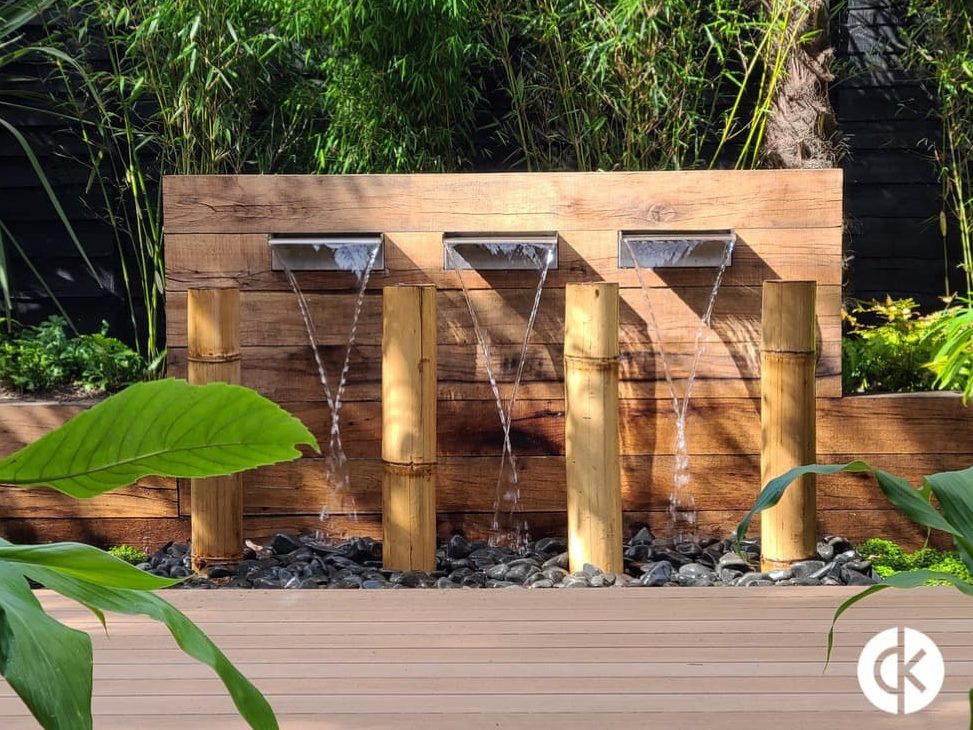
“The RHS Gardens are a wonderful place to actually immerse yourself. I think one of my favourites would be Wisley. It’s a wonderful garden because it has so many different styles of planting in it.
“I would also suggest to anybody who wants to become a garden designer to go out and get a job with a landscaping firm. I actually started out building my own gardens and I think that was a great experience.
“Get a job with a landscaping firm and learn the basics. Start with building gardens and then with planting gardens and then maybe go and do a course in garden design or do an RHS course.
“You can’t learn the practicalities of design sitting at a computer. You’ll only learn them by actually taking part in that process.”
Do you have any upcoming projects that you’re looking forward to and would like to share?
“One of my favourite types of projects to be asked to be involved in are slopes,” he shares.
“I don’t know why, but I have this thing that if there is a slope in a garden, that’s it – I’m in! I received an inquiry about four months ago from a couple who were considering buying a house on the basis of the garden.
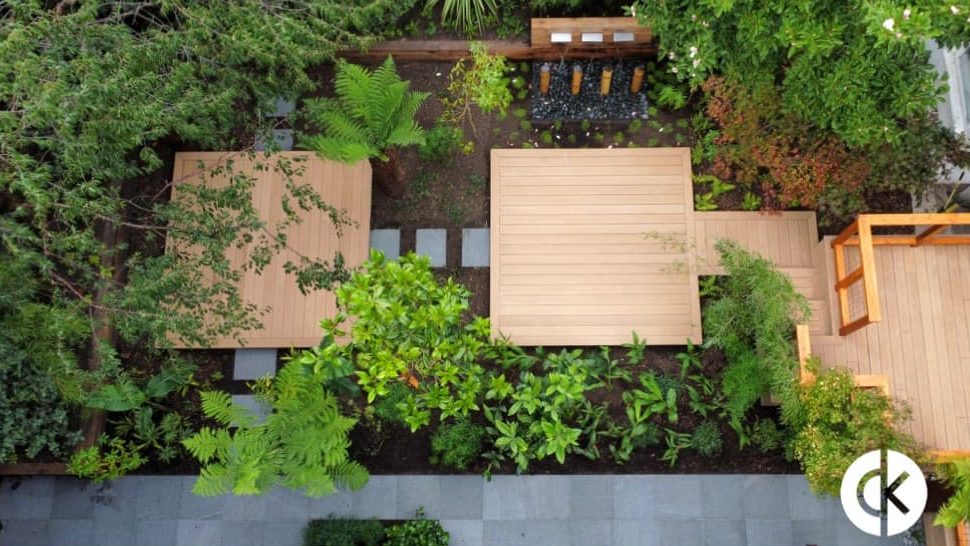
“They booked me to do a consultation and said that if I thought we could do something with this plot, they would buy the house. I’ve never been asked to help people make a decision on buying a house before, so I went out and looked at the project and talked it through with them.
“It has views that actually go down onto a lake, so I talked through the potential of it and told them what we could actually do with that space and on the basis of that they bought the house. We’re just waiting for the surveys to be completed and then I will start work on the designs on that.
“I think that the main thing is I’m always looking for new challenges, whether that be climatic or the topography of the site that’s involved.”

